Tips and Tools: Using Facebook’s “Call-to-Action” Feature
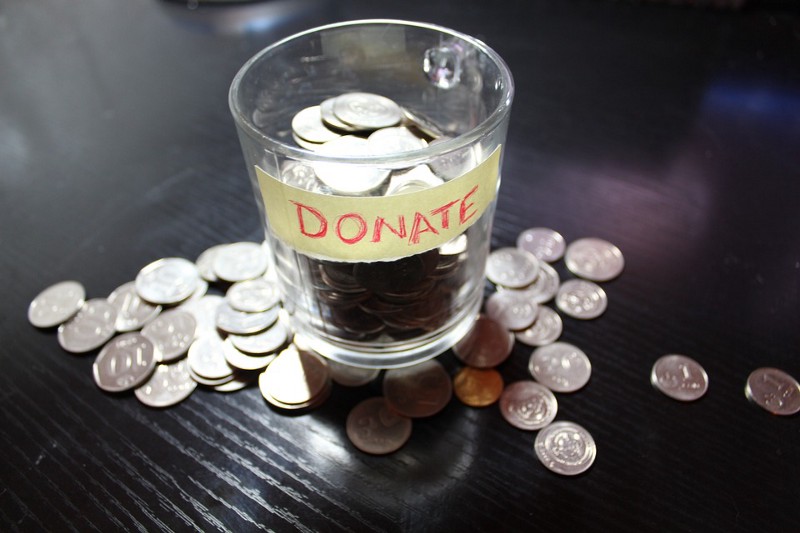
Facebook has become one of the most dominant marketing tools of our time. It’s impossible to interact with the platform without encountering creative projects promoting themselves. While using Facebook socially is fairly simple, using it to market your project — particularly for fundraising — is much harder. One of the consistent questions we receive from our fiscally-sponsored projects is “how can I solicit donations via Facebook?” Luckily, Facebook’s “call-to-action” feature has made it much easier. Here’s how it could work for you.
How to Make a Call-To-Action
A disclaimer: fiscally-sponsored projects are not allowed to process donations through Facebook directly. That feature is only available to US-based, 501(c)(3) nonprofit organizations.
In order to access the call-to-action function, you need to make sure your project or organization has a Facebook Page. This is separate from (though connected to) your personal Facebook profile.
Pages are for businesses, brands, organizations and public figures to share their stories and connect with people. Like profiles, Pages can be customized with stories, events and more. People who like a Page can get updates in News Feed.
Facebook pages are great marketing tools to showcase your project in a variety of ways while having direct contact with your audience.
Once you’ve set up a page, follow these instructions to set up the call-to-action feature. You’ll be able to provide a link to your fiscally-sponsored project’s profile page on Fractured Atlas. You can also direct this link to your current crowdfunding campaign. This is an excellent way to streamline your communications and allow donors to connect with your project with fewer clicks.
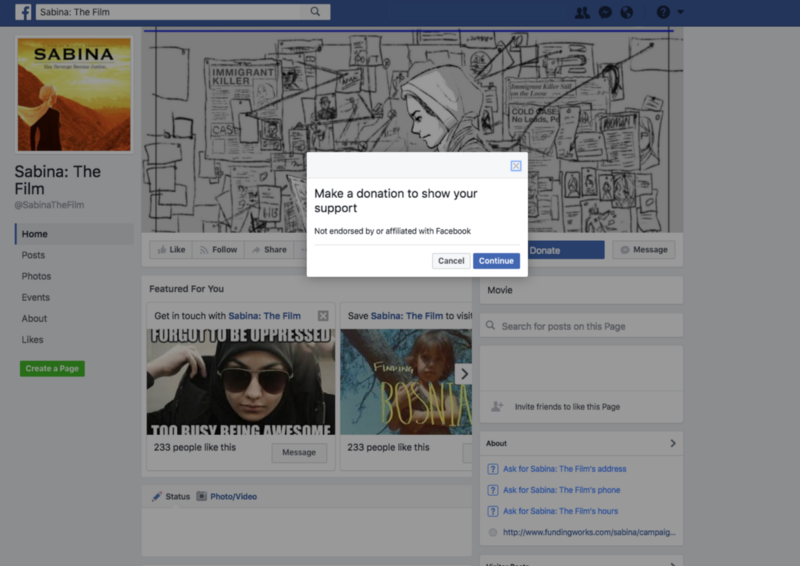
Examples of Fiscally-Sponsored Projects
Here are three examples of fiscally-sponsored projects using this functionality:
Catacomb of Veils
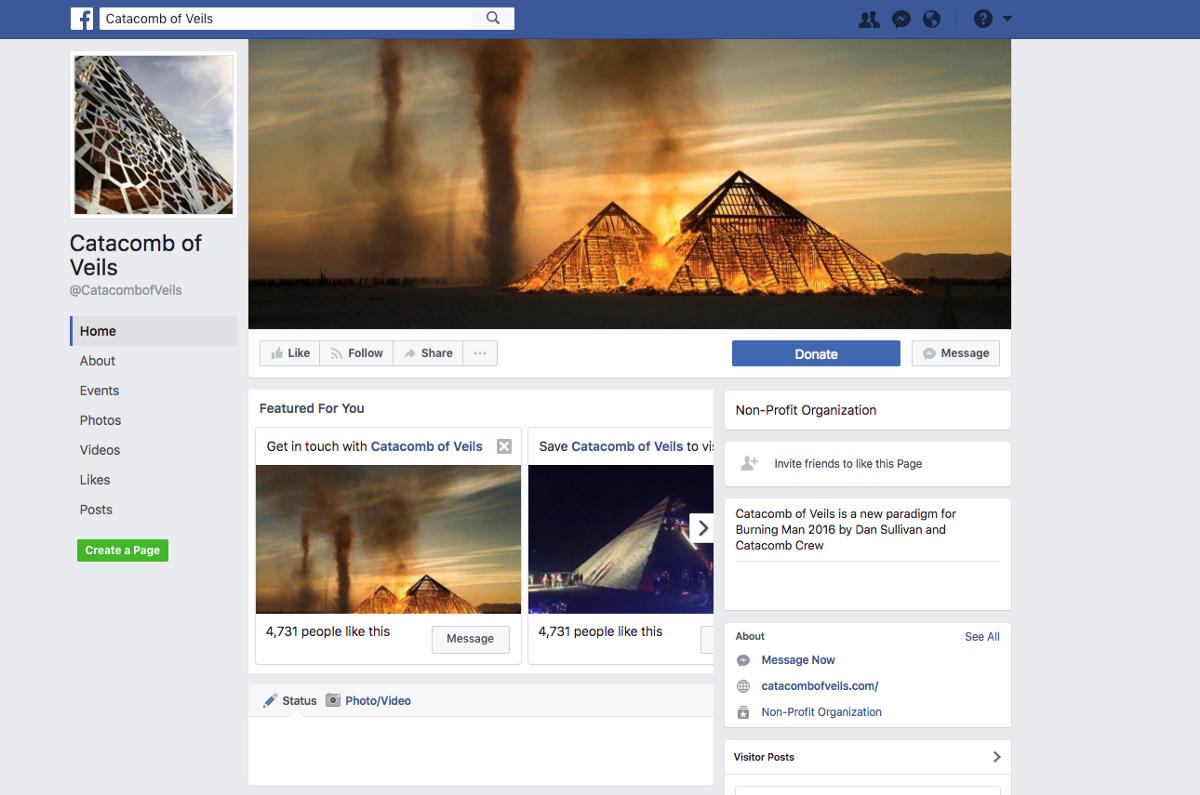
This project used their donate button to send donors to their crowdfunding campaign hosted by Indiegogo. They were able to use to their social media content to drive donors directly to the campaign, where they raised over $21,000.
Sabina the Film
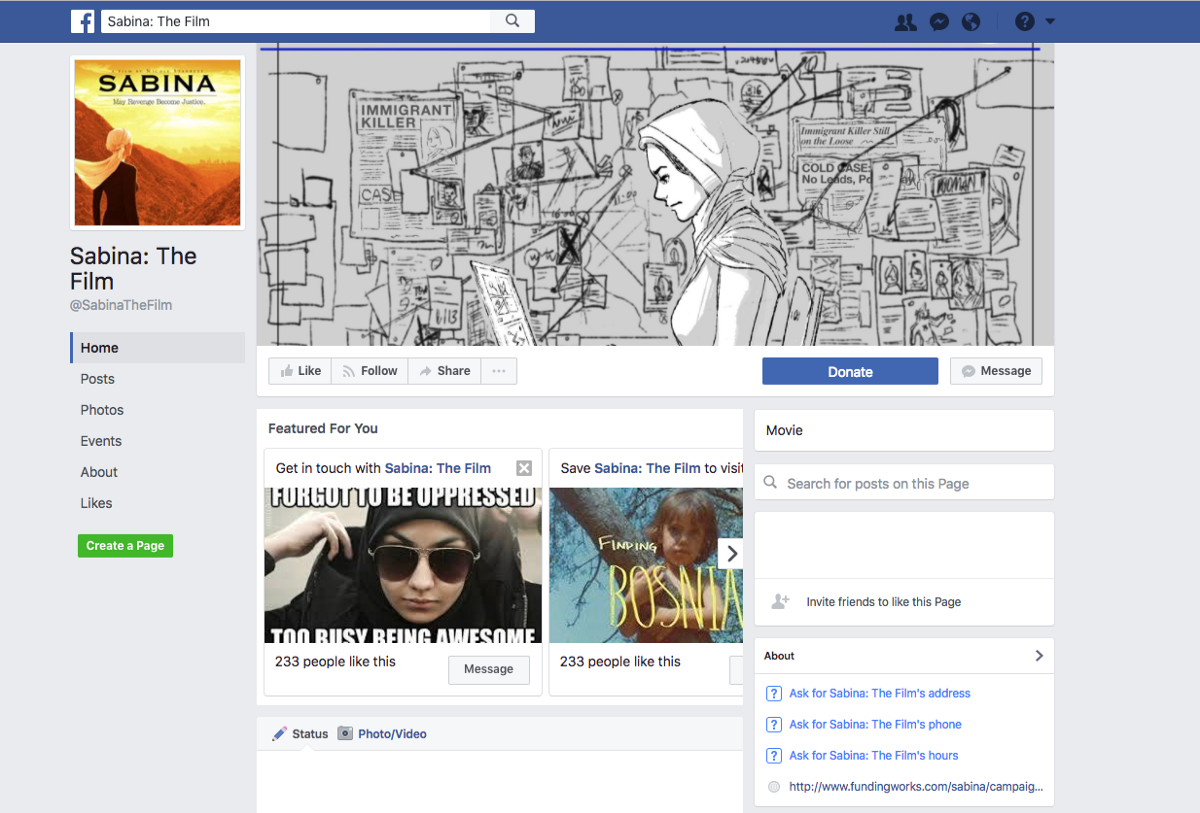
This project used their donate button to go to their crowdfunding campaign hosted by Fractured Atlas. This allowed donors to access the new platform quickly and helped the project generate over $4,000 in donations.
Colloquy Collective
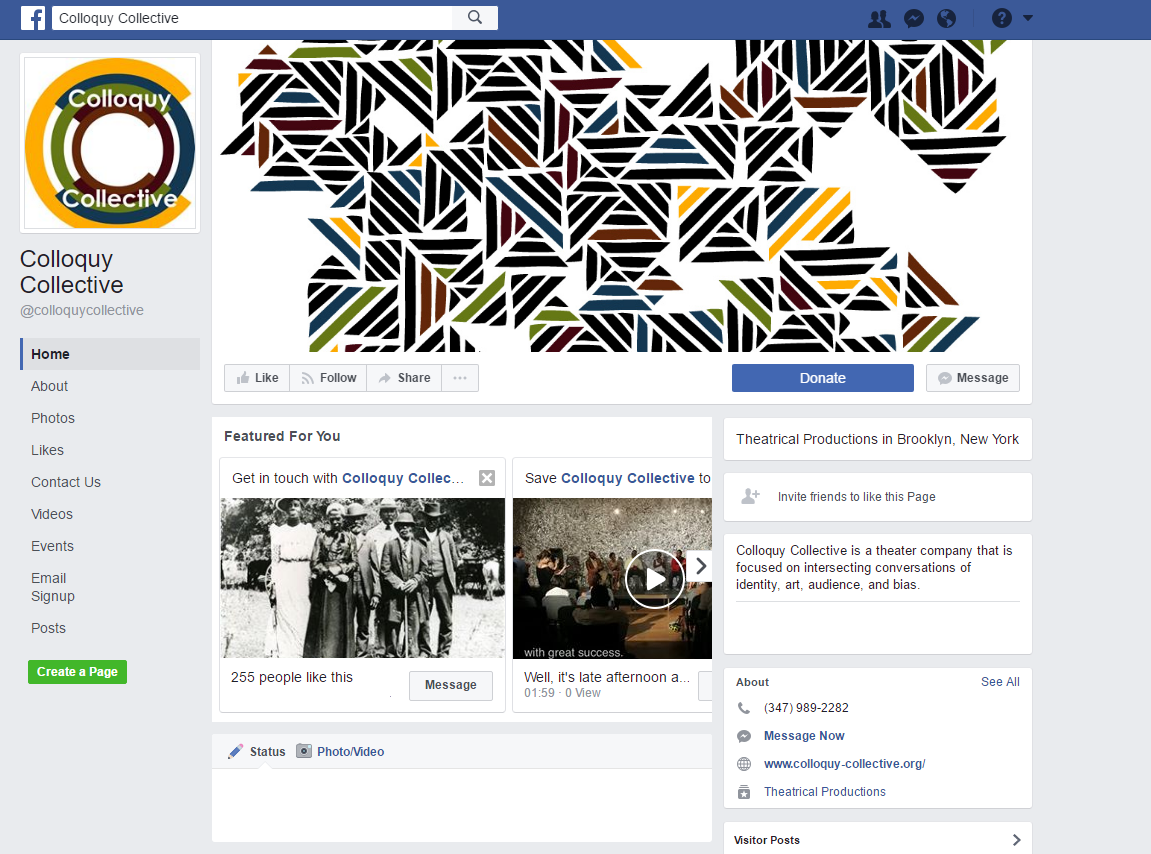
This project uses their donate button to solicit donations directly through the Fractured Atlas site on an ongoing basis. This allows donors to give immediately to Colloquy Collective while interacting with the Facebook Page. This has helped the project raise over $13,000 in service of its work. Donate buttons can be a permanent part of your social media presence: you don’t have to use them just for a single campaign.
Ultimately, the more exposure you can get for your project, the better your chances of connecting with potential donors. While not every resource works for fiscally-sponsored projects, many can be tweaked or adjusted to accommodate the unique needs of your work.
About Courtney Harge
Courtney Harge is a producer, director, and professional arts administrator originally from Saginaw, MI. She is the Founder and Artistic Director of Colloquy Collective, a theater company based out of Bedford-Stuyvesant, Brooklyn. She has worked for the Elaine Kaufman Cultural Center, Theater for the New City, The Public Theater, Gibney Dance, and, most recently, the New York Foundation for the Arts with a focus on institutional fundraising, crowdfunding, and fiscal sponsorship. She holds a Masters of Professional Studies, with Distinction, in Arts and Cultural Management from Pratt Institute and a Bachelors of Fine Arts with Honors from the University of Michigan in Theater Performance. Her credo (#HustlingKeepsYouSexy) is not merely a hashtag; it’s a way of life.

